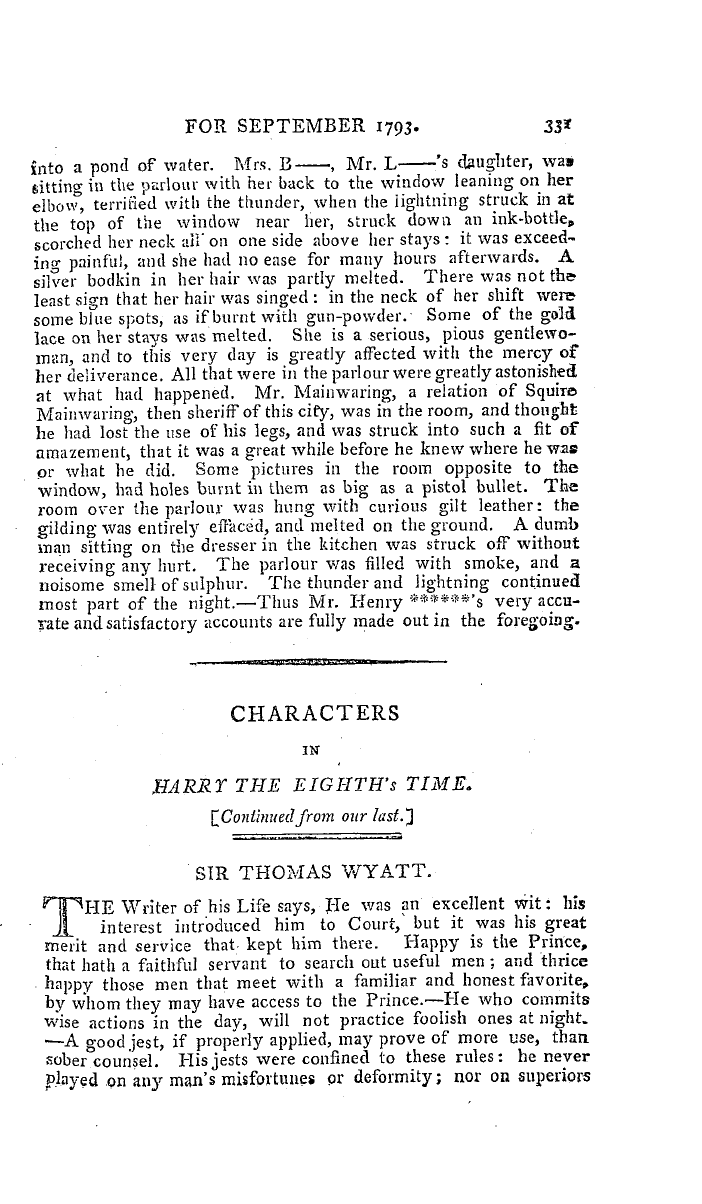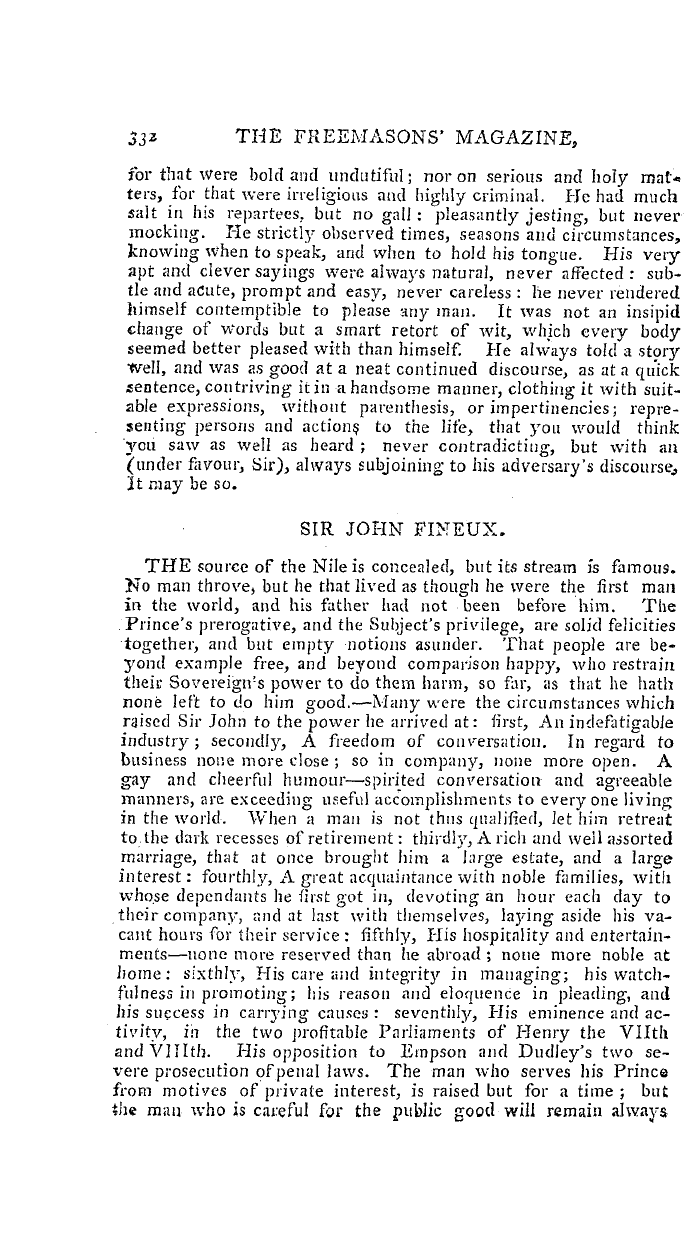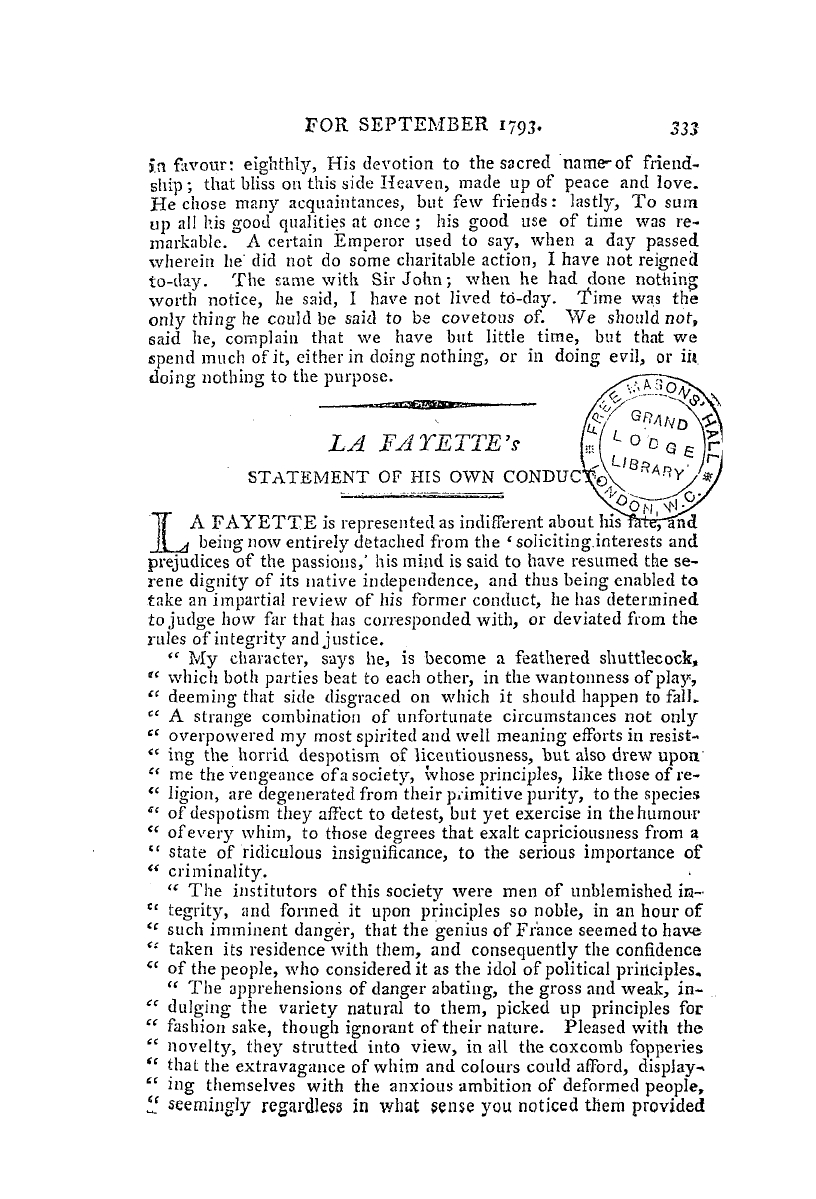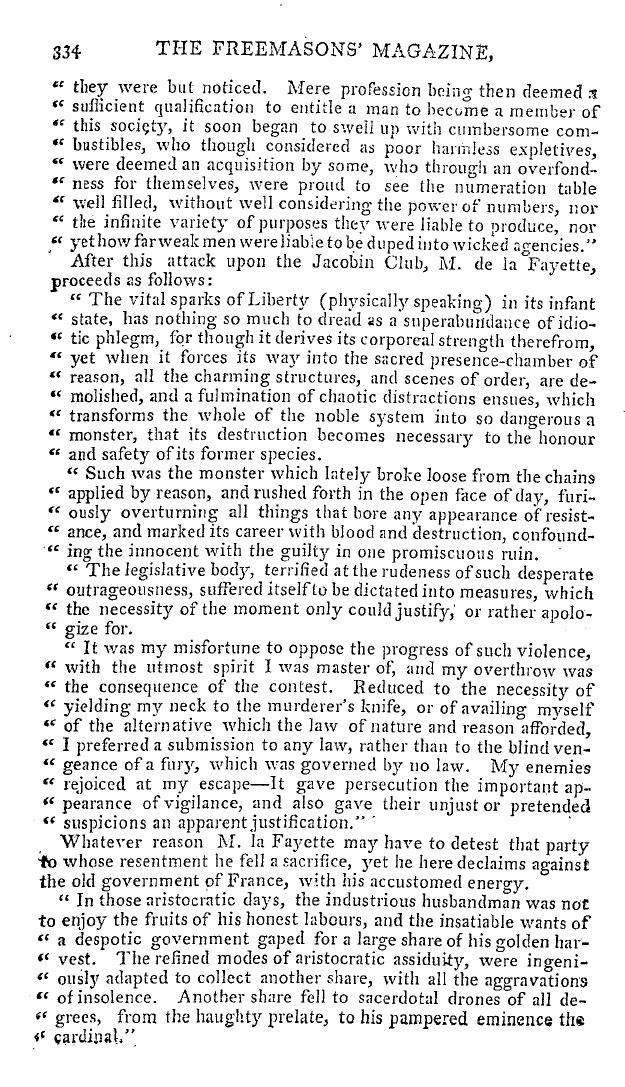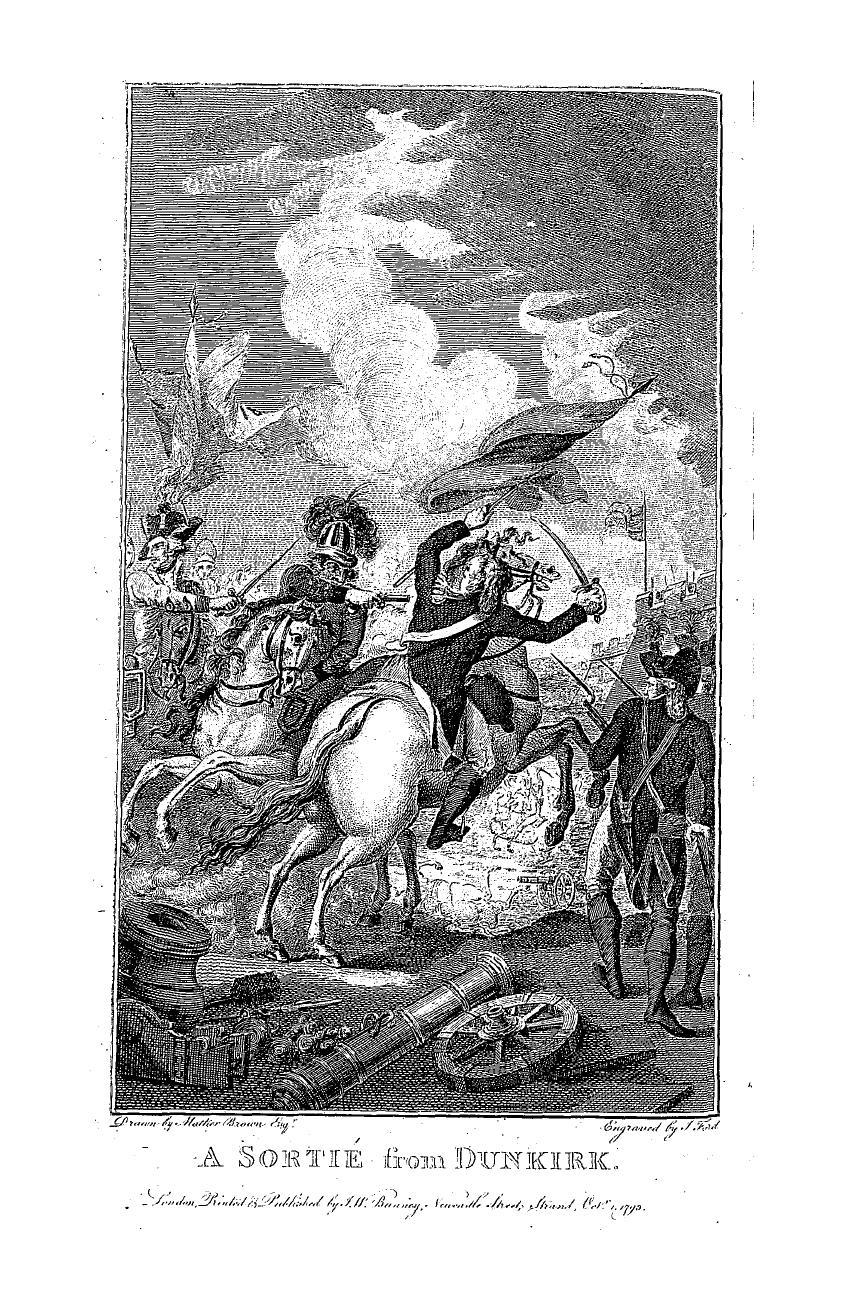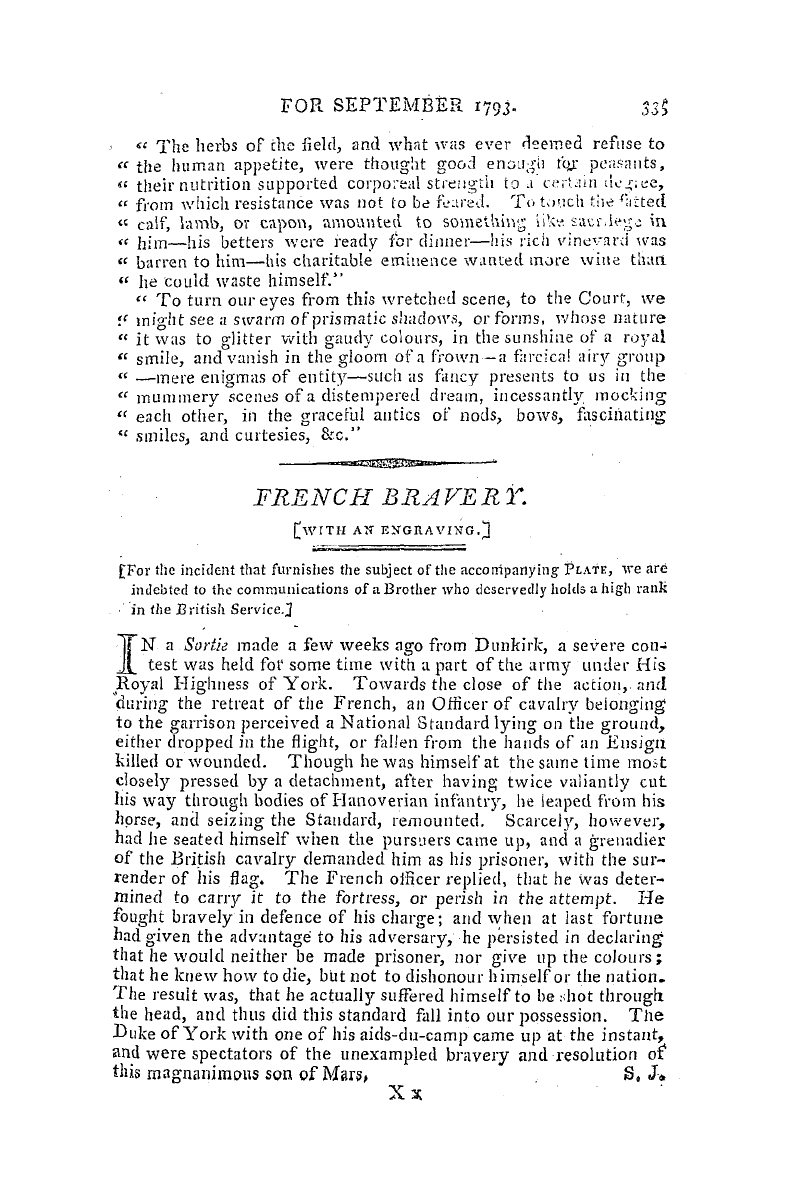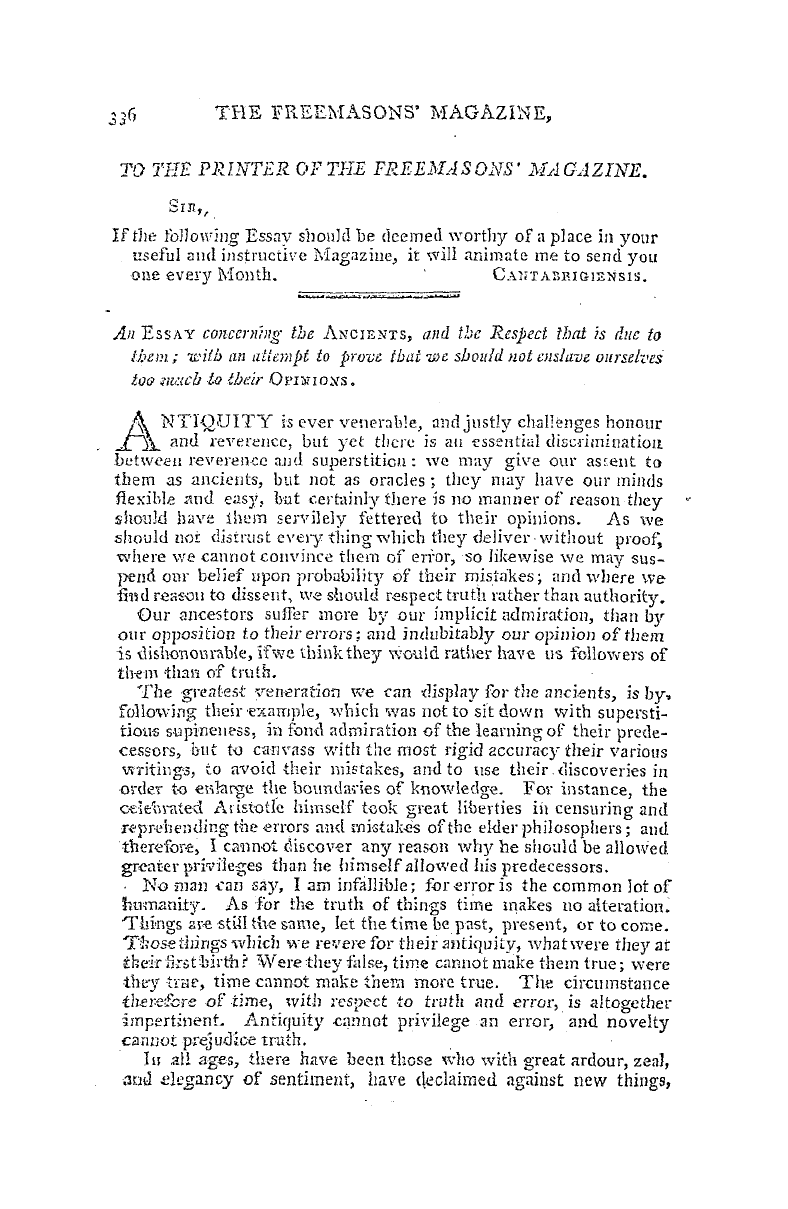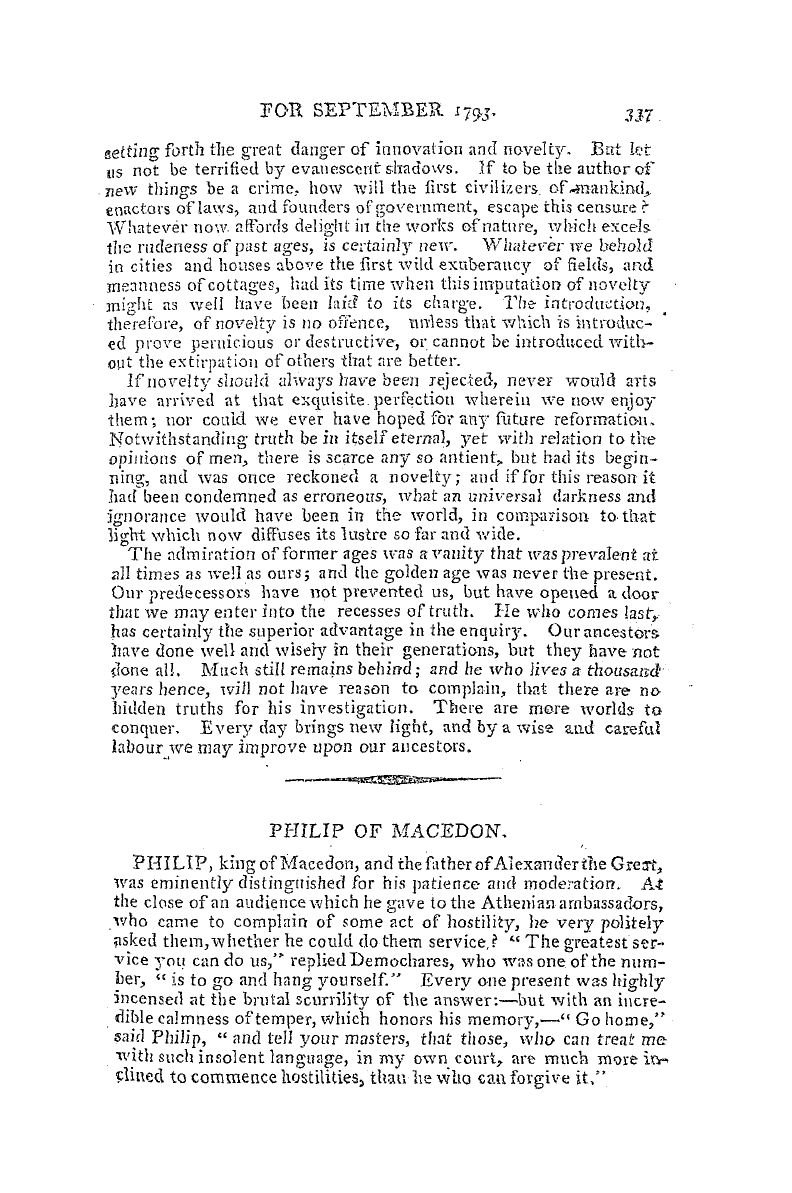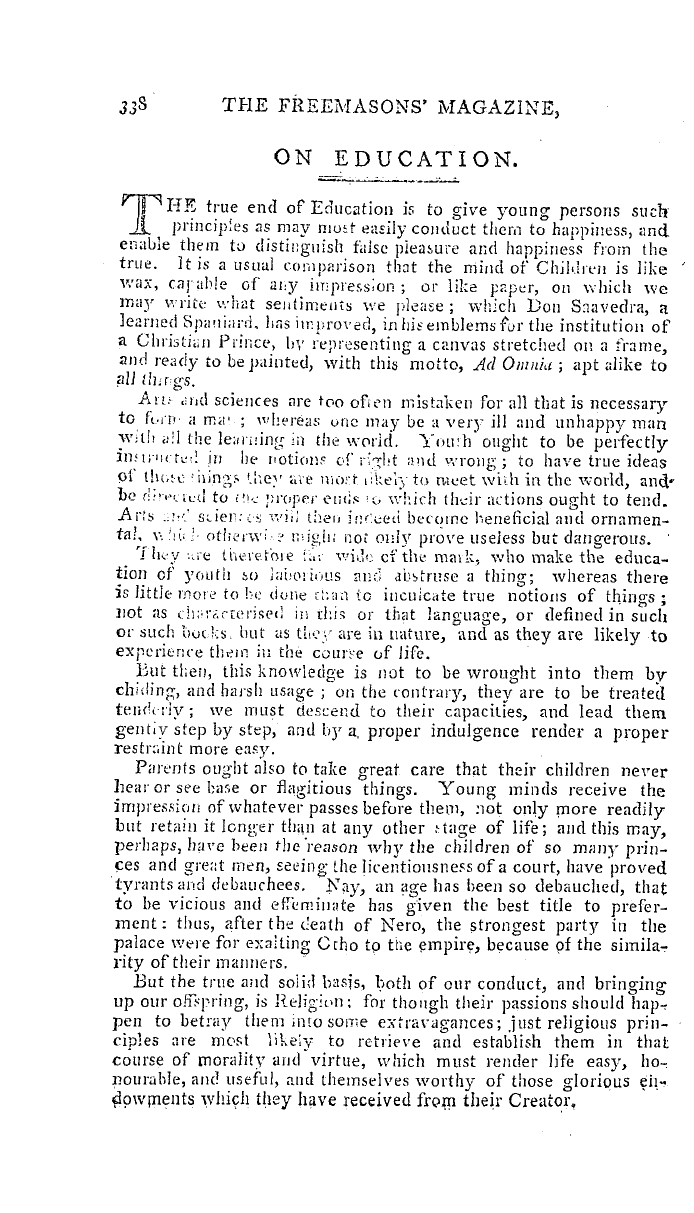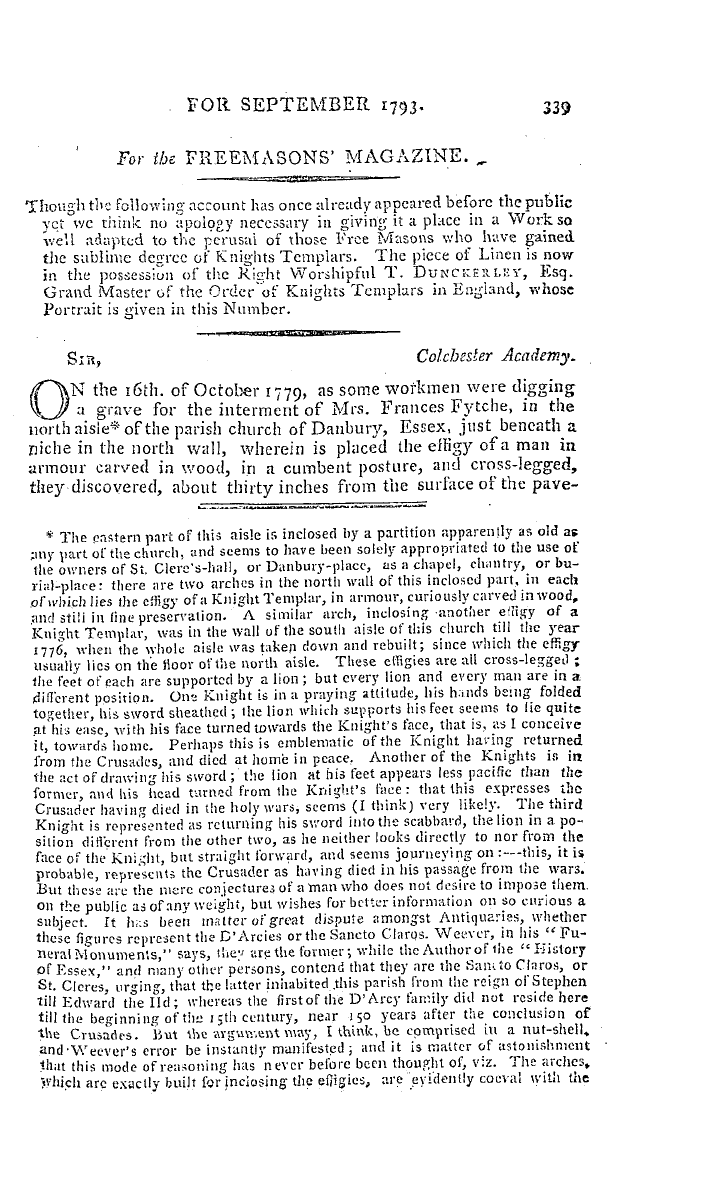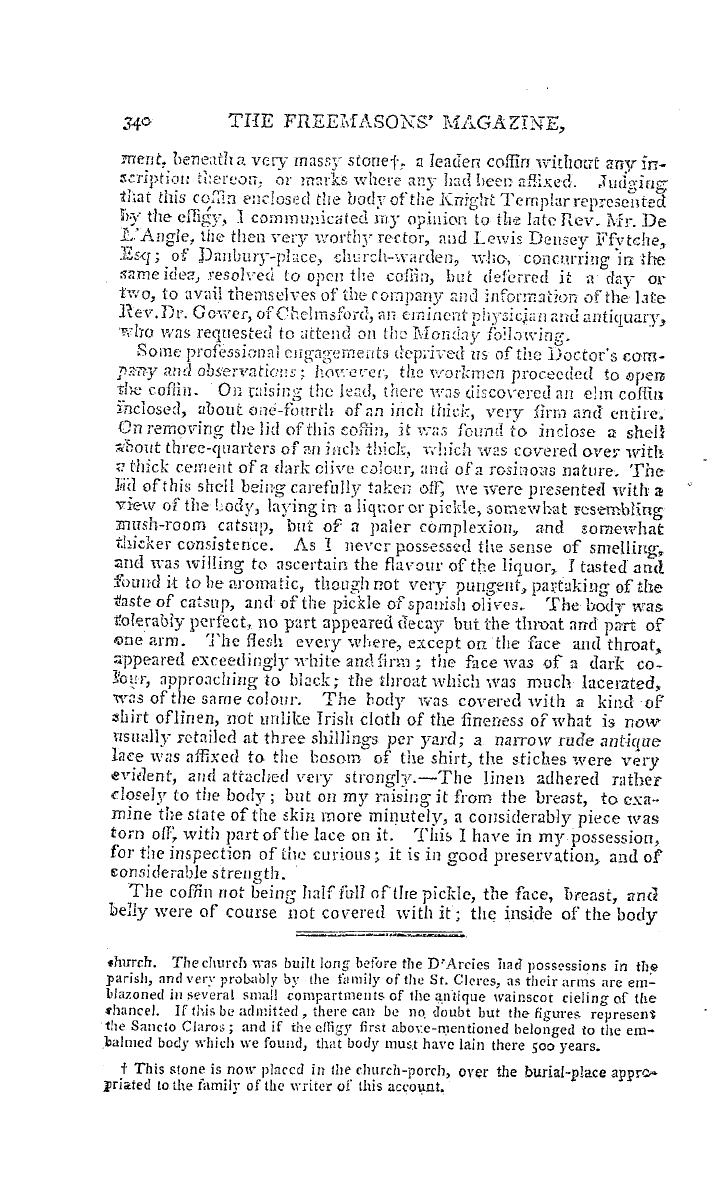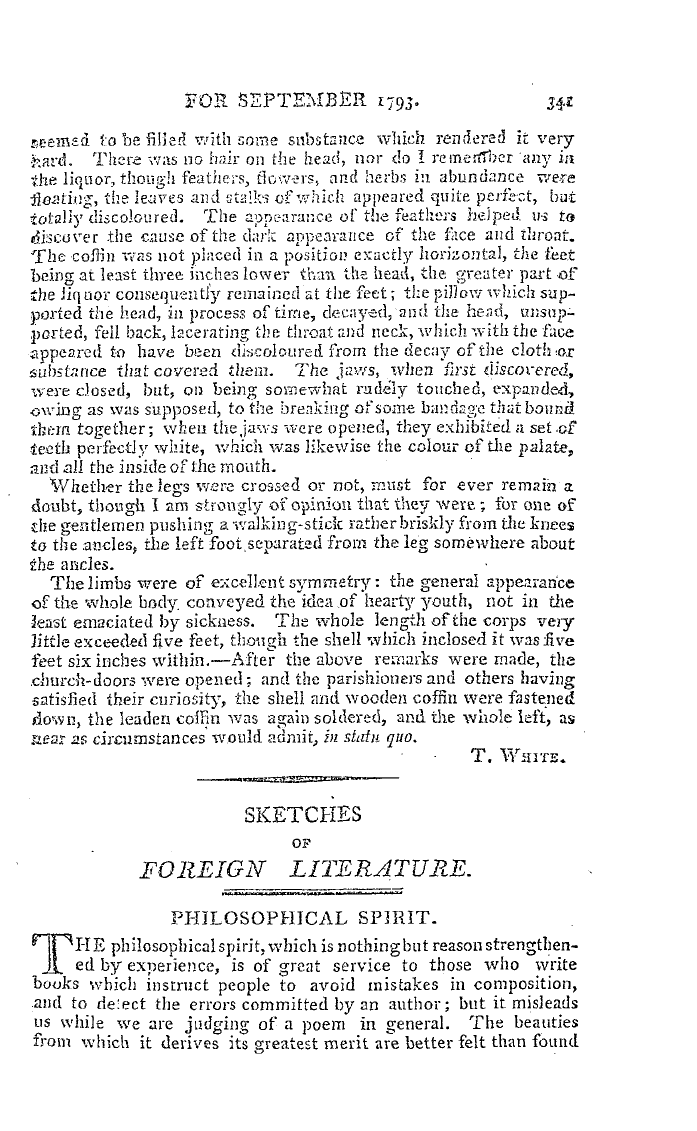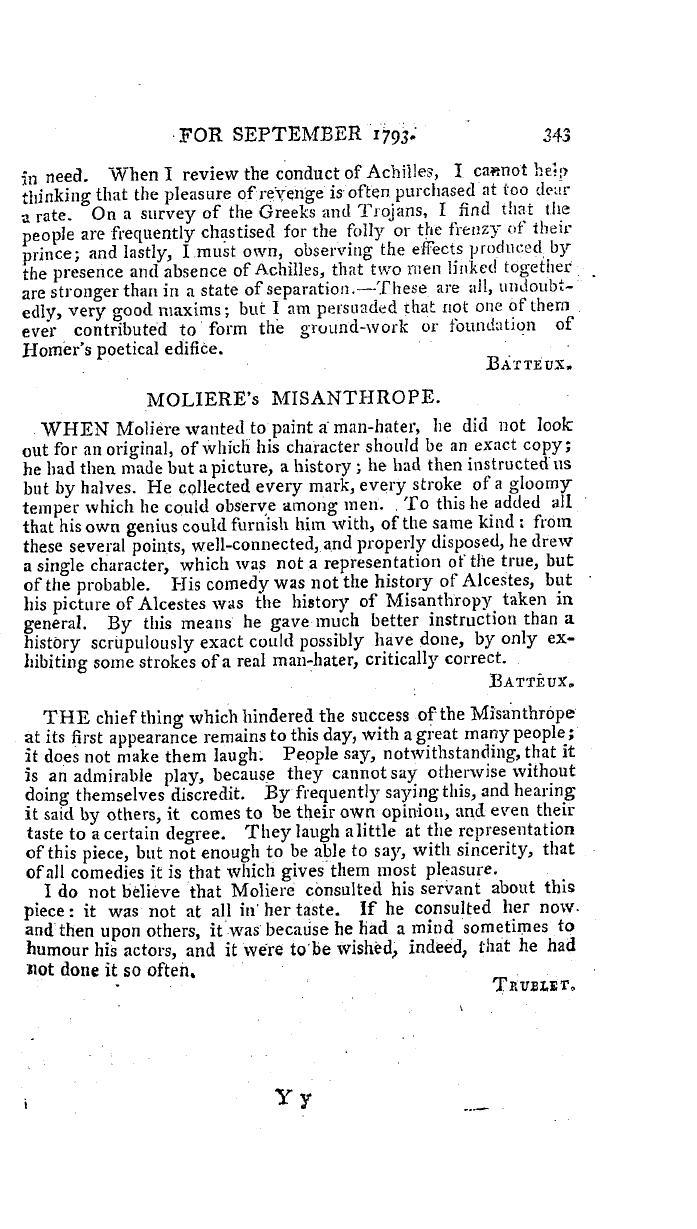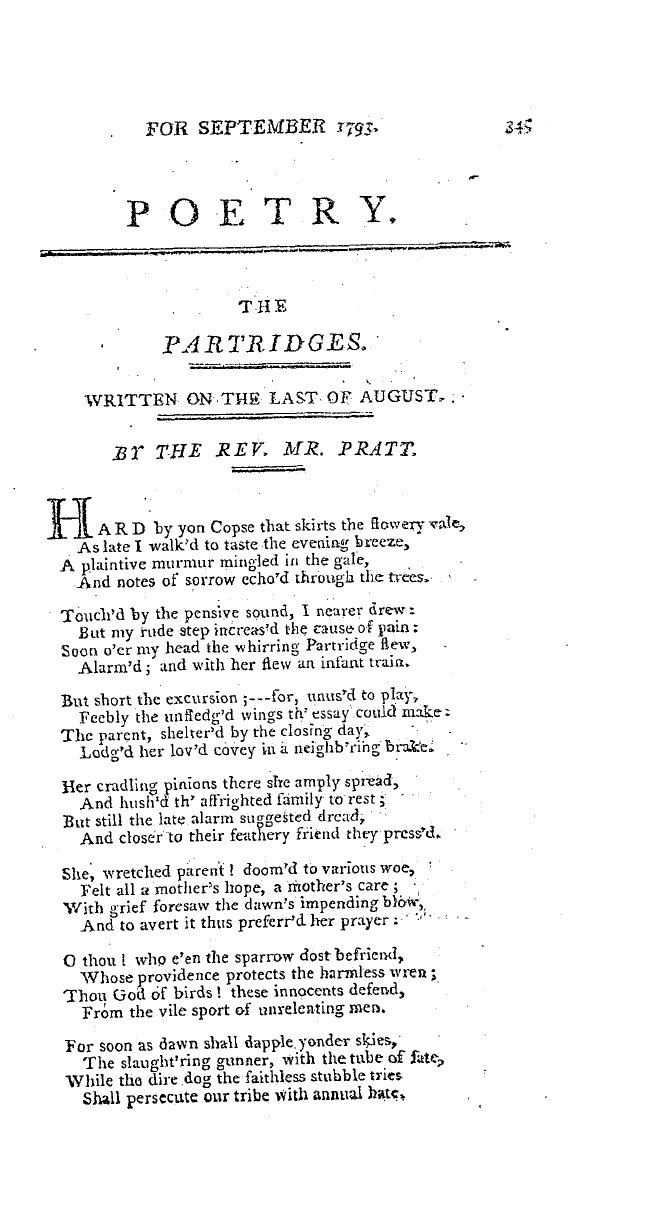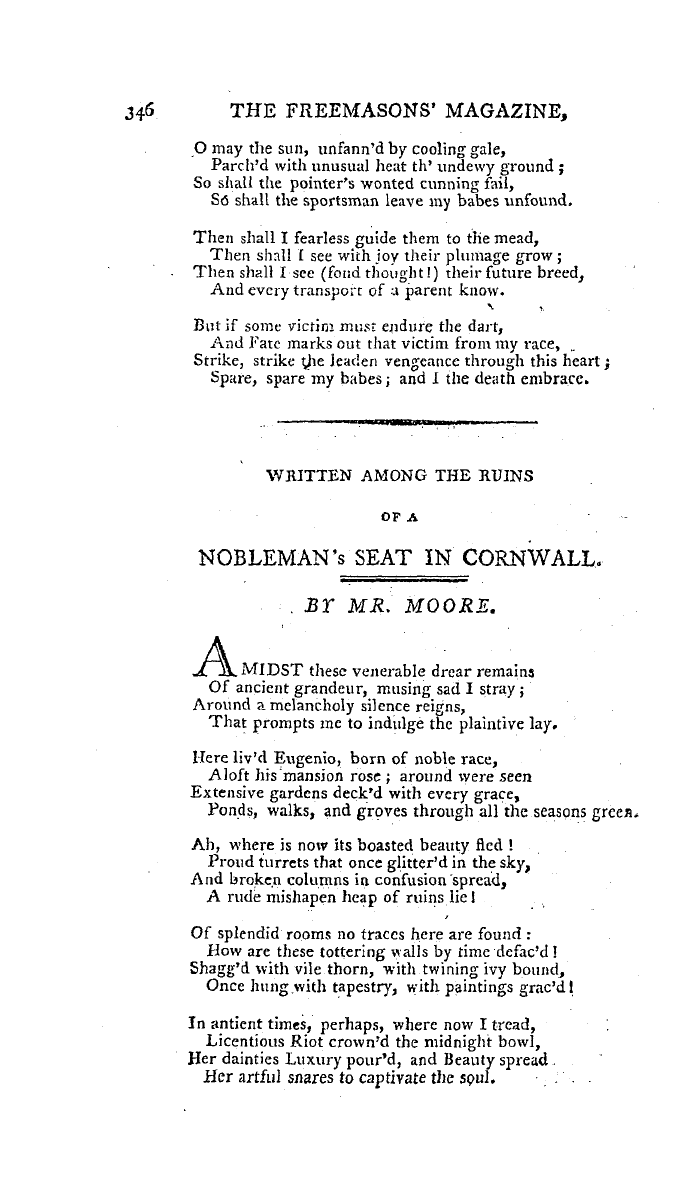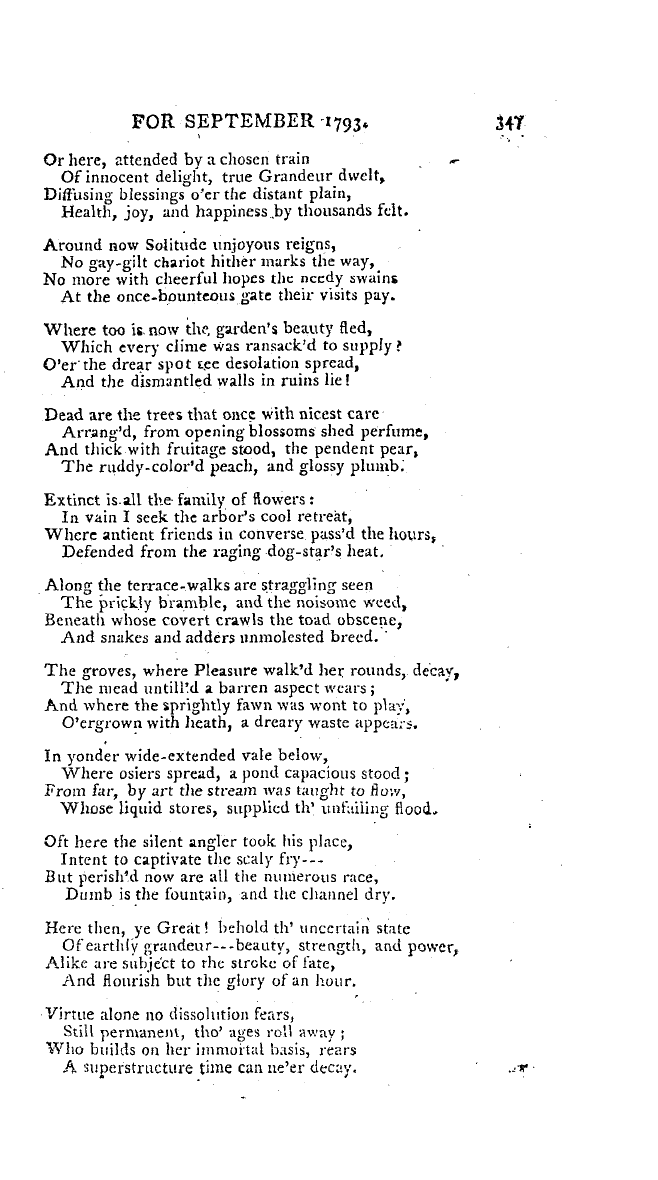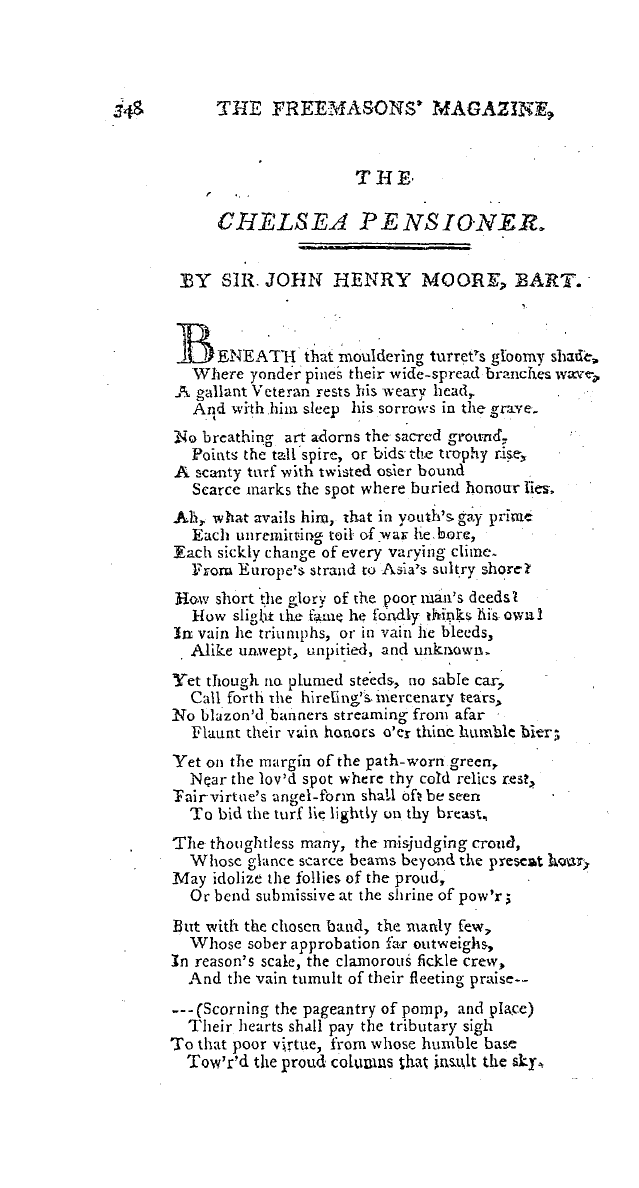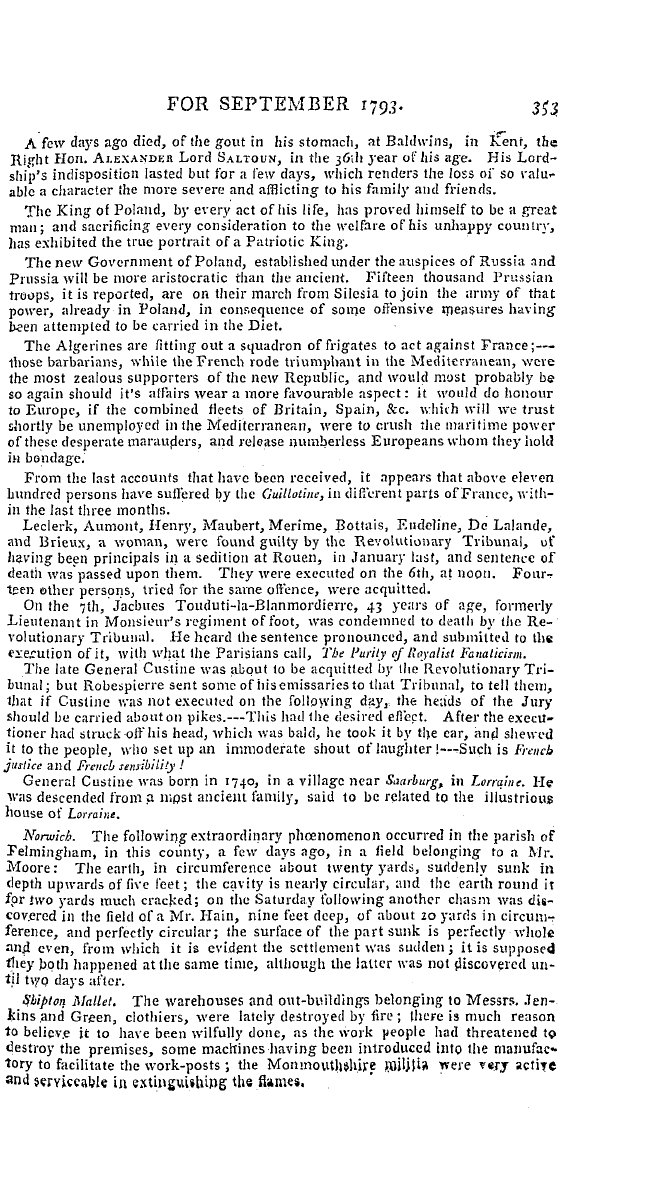Note: This text has been automatically extracted via Optical Character Recognition (OCR) software.
No. Ii.
Is it not this fluid which keeps asunder the particles of air , permitting them to approach , or separating them more , in proportion as its quantity is diminished or augmented ? Is it not the neater gravity ofthe particles of air , which forces the particles of this fluid to mount with the matters to which it is attached , as smoke or vapour ? Do ilnot seem to have with
. ? f „ a greater affinity water , since it will quit a solid to unite with that fluid , and go off with it m vapour , leaving the solid cold to the touch , and the deo-ree measurable b y the thermometer ? " b The vapour rises attached to this fluid , but at a certain heio-ht they separate , and the vapour descends in rain , retaining but little of itm snow or hail lessWhat becomes of that fluid ?
, . Does it rise above our atmosphere , and mix equally with the universal mass of the same kind ? or does a spherical stratum of it , denser or less mixed with air , attracted by this globe , and repelled or pushed up only to a certain height from its surface , by the greater weight pf air , remain there surrounding the globe , and proceeding ivith it round the sun ? b
+ b ; c SU - !TSe ' ? there ™ y * ie a continuity , or communication of this fluid through the air quite down to the earth , is it not bv the vibrations given to it by the sun that light appears to us > and may it not be , that every one of the infinitel y small vibrations striking common matter with a certain force , enter its substance ' are held there by attraction , and augmented by succeeding vibra ' maUeihaS ? hed
intoit * " rep ' as much 3 S th ? ir force « n drive Is it not thus the . surface of this globe is continually heated by such repeated vibrations in the day , and copied by the escape of the heat when those vibrations are discontinued in the night ov intercepted and reflected by clouds ? . ' S ^] l { t " ° t thus that fire is amassed , and makes the greatest part Ofthe substance of combustible bodies ? l '
Perhaps when this globe was first formed , and its original particles took their place at certain distances from the centre , in proportion to their greater or less gravity , the fluid fire , attracted towards that centre might in great' part be obliged , as li ghtest , to take place above the rest , and thus from the sphere of fire above supposed which would afterwards be continually diminishing by the substance it afforded to organized bodiesand the
, quantity restored to frodfeT ? ! 3 Urni " Pthei" se P aratil ? S of th ? Parts of those Is not the natural heat of animals thus produced , by separating jn digestion the parts of food , and setting their fire at liberty ? ' Is it not this sphere of fire which kindles the wanderino- globes that sometimes pass through it in our course round the sun , have their surface kindled by it , and burst when their included air i f greatly rarefied by the heat on their burning surfaces ? "
Note: This text has been automatically extracted via Optical Character Recognition (OCR) software.
No. Ii.
Is it not this fluid which keeps asunder the particles of air , permitting them to approach , or separating them more , in proportion as its quantity is diminished or augmented ? Is it not the neater gravity ofthe particles of air , which forces the particles of this fluid to mount with the matters to which it is attached , as smoke or vapour ? Do ilnot seem to have with
. ? f „ a greater affinity water , since it will quit a solid to unite with that fluid , and go off with it m vapour , leaving the solid cold to the touch , and the deo-ree measurable b y the thermometer ? " b The vapour rises attached to this fluid , but at a certain heio-ht they separate , and the vapour descends in rain , retaining but little of itm snow or hail lessWhat becomes of that fluid ?
, . Does it rise above our atmosphere , and mix equally with the universal mass of the same kind ? or does a spherical stratum of it , denser or less mixed with air , attracted by this globe , and repelled or pushed up only to a certain height from its surface , by the greater weight pf air , remain there surrounding the globe , and proceeding ivith it round the sun ? b
+ b ; c SU - !TSe ' ? there ™ y * ie a continuity , or communication of this fluid through the air quite down to the earth , is it not bv the vibrations given to it by the sun that light appears to us > and may it not be , that every one of the infinitel y small vibrations striking common matter with a certain force , enter its substance ' are held there by attraction , and augmented by succeeding vibra ' maUeihaS ? hed
intoit * " rep ' as much 3 S th ? ir force « n drive Is it not thus the . surface of this globe is continually heated by such repeated vibrations in the day , and copied by the escape of the heat when those vibrations are discontinued in the night ov intercepted and reflected by clouds ? . ' S ^] l { t " ° t thus that fire is amassed , and makes the greatest part Ofthe substance of combustible bodies ? l '
Perhaps when this globe was first formed , and its original particles took their place at certain distances from the centre , in proportion to their greater or less gravity , the fluid fire , attracted towards that centre might in great' part be obliged , as li ghtest , to take place above the rest , and thus from the sphere of fire above supposed which would afterwards be continually diminishing by the substance it afforded to organized bodiesand the
, quantity restored to frodfeT ? ! 3 Urni " Pthei" se P aratil ? S of th ? Parts of those Is not the natural heat of animals thus produced , by separating jn digestion the parts of food , and setting their fire at liberty ? ' Is it not this sphere of fire which kindles the wanderino- globes that sometimes pass through it in our course round the sun , have their surface kindled by it , and burst when their included air i f greatly rarefied by the heat on their burning surfaces ? "































































